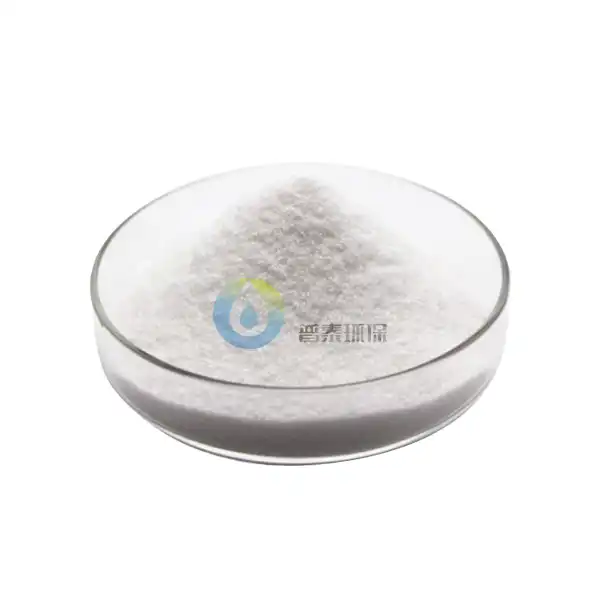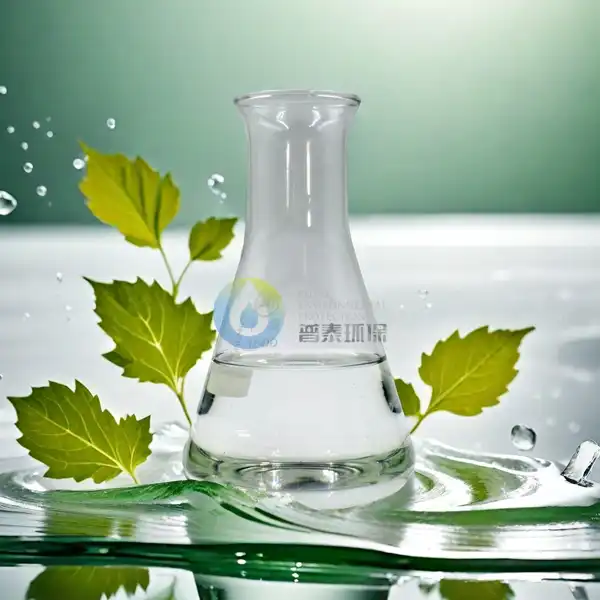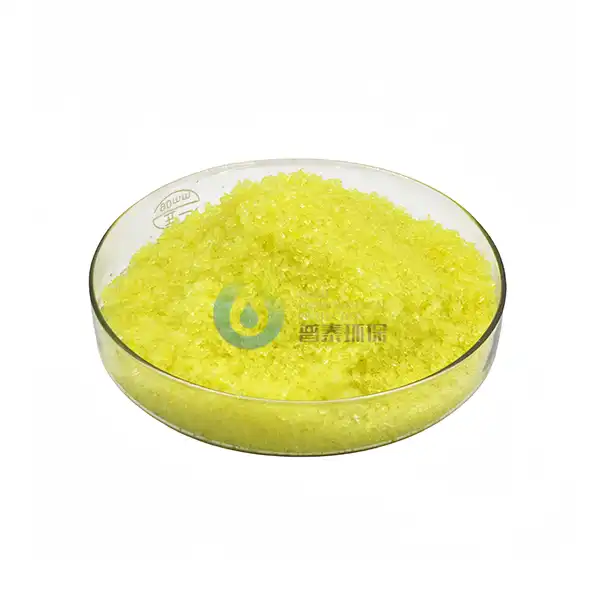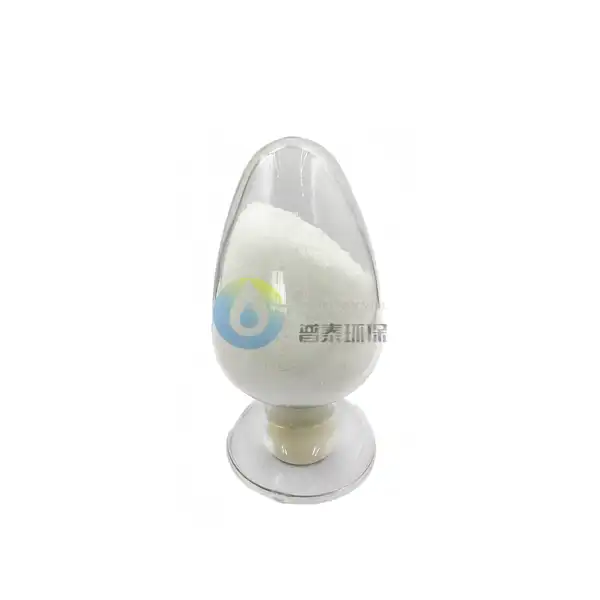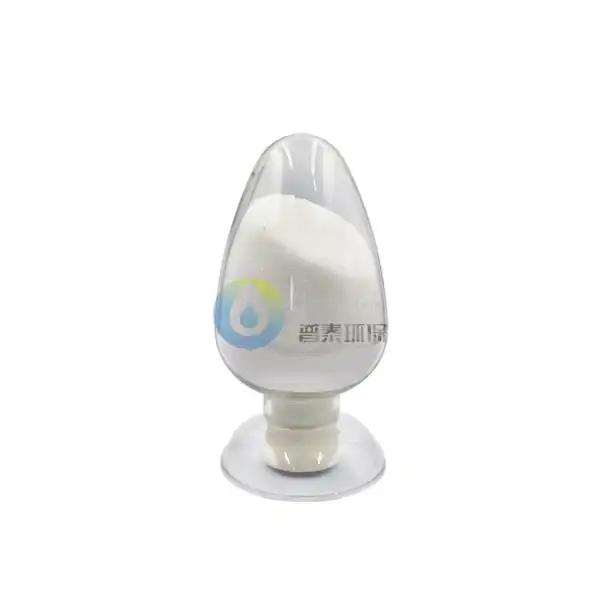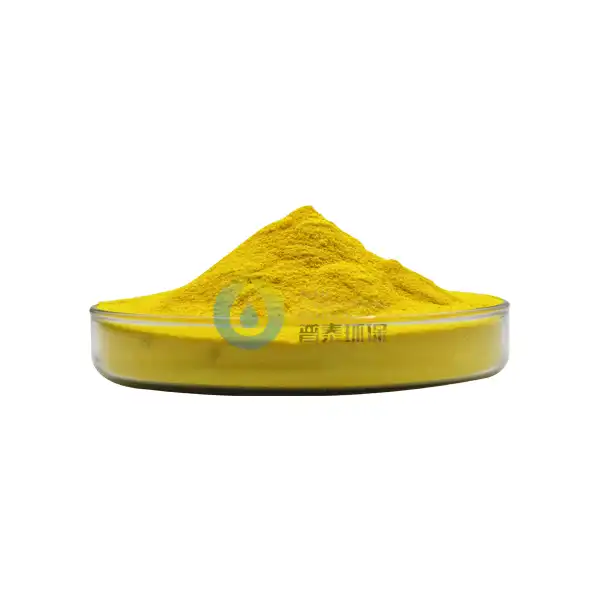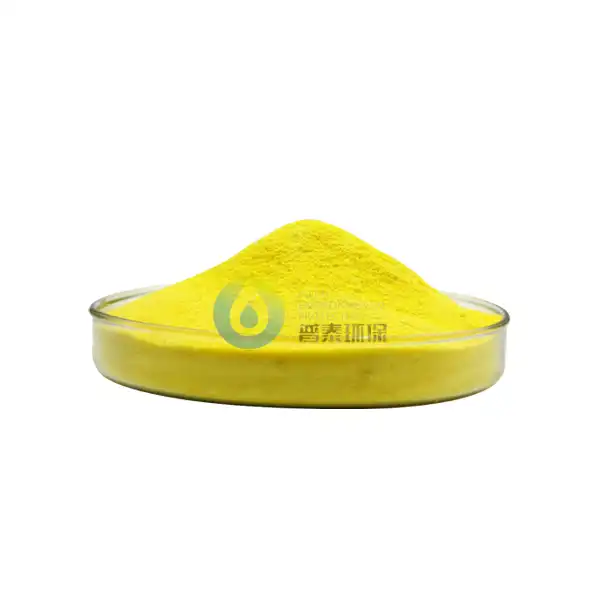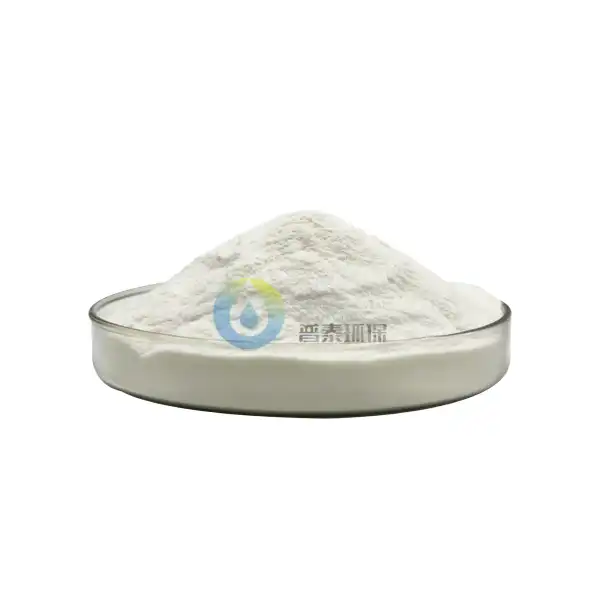What are the Storage Requirements for Poly Aluminium Chloride Powder?
Poly Aluminium Chloride (PAC) powder is a widely used water treatment chemical that requires specific storage conditions to maintain its effectiveness. As a hygroscopic and reactive inorganic polymer coagulant, proper storage is essential for preserving its chemical properties and coagulation performance.
What factors affect the stability of Poly Aluminium Chloride Powder during storage?
Temperature Considerations for PAC Powder Storage
Temperature significantly impacts PAC powder stability. The recommended storage temperature ranges between 5°C and 35°C (41°F to 95°F). Exposure to temperatures above 40°C can accelerate hydrolysis reactions, altering aluminum species distribution and reducing coagulation performance. The product's basicity, a key effectiveness indicator, may decrease under improper temperature conditions. Studies show that Poly Aluminium Chloride Powder stored at consistent moderate temperatures retains its coagulation efficiency longer than samples exposed to temperature fluctuations. Climate-controlled warehouses are recommended for large-scale industrial storage, especially in regions with extreme seasonal weather variations.
Humidity Control Measures for PAC Powder Storage
Humidity control is critical for PAC powder storage due to its highly hygroscopic nature. PAC powder readily absorbs moisture from the air, leading to caking, clumping, and partial hydrolysis. The recommended relative humidity should be below 60%. Moisture absorption not only makes the product difficult to handle but also reduces its aluminum content and coagulation efficiency. Storage facilities should use dehumidifiers in humid climates. Once opened, containers should be promptly resealed with airtight closures. Many manufacturers include desiccants or moisture-absorbing sachets in packaging. For industrial users, transferring smaller amounts to secondary containers for daily use while keeping the main supply sealed can significantly reduce moisture exposure and extend shelf life.
Packaging Materials and Container Specifications
Appropriate packaging materials are fundamental for proper PAC powder storage. Ideal containers should be moisture-proof, corrosion-resistant, and able to withstand the slightly acidic nature of PAC. High-density polyethylene (HDPE) bags lined with polyethylene are commonly used as they provide excellent moisture barriers. For bulk storage, fiber drums with polyethylene liners or specialized plastic woven bags with moisture barriers are preferred. Package integrity must be maintained throughout storage – any tears, punctures, or improper sealing can compromise product quality. Container size should be based on consumption rate. All packaging should include clear labeling with production date, batch number, specifications, and handling instructions to ensure proper stock rotation following the first-in, first-out (FIFO) principle.
How should Poly Aluminium Chloride Powder be stored to prevent contamination?
Prevention of Cross-Contamination with Other Chemicals
Preventing cross-contamination is essential for maintaining Poly Aluminium Chloride Powder efficacy and safety. PAC should be stored separately from incompatible chemicals, particularly strong alkalis like sodium hydroxide or calcium hydroxide, which can neutralize its acidic properties. Proximity to oxidizing agents, reducing agents, or other water treatment chemicals should be avoided. Dedicated storage areas that are physically separated from other chemicals help minimize accidental mixing risks. Industrial settings should have clearly defined storage zones with appropriate spacing and barriers between incompatible substances. Staff should be trained on proper material segregation protocols and chemical compatibility. Tools and equipment used for handling PAC powder should be dedicated to this purpose only or thoroughly cleaned before use with other chemicals. Color-coded systems for different chemical categories and regular inventory audits can enhance contamination prevention.
Dust Control and Environmental Containment Strategies
Controlling dust during PAC powder handling and storage is important for product quality and workplace safety. PAC can generate dust during transfer operations, which represents product loss and potential respiratory concerns for workers. Storage areas should have appropriate ventilation systems to capture and filter airborne particles. Closed systems or dust-minimizing techniques should be used when transferring the powder. For smaller operations, using scoops rather than pouring, careful container opening, and working with the product at lower heights can reduce dust generation. Environmental containment is critical to prevent PAC powder from entering drainage systems or water bodies in case of spills. Storage facilities should have containment berms, sumps, or dedicated spill collection systems. Regular cleaning of storage areas helps prevent accumulation of PAC powder dust on surfaces.
Storage Area Specifications and Security Measures
The physical specifications of the storage area significantly impact product integrity and safety. The ideal facility should be a cool, dry, well-ventilated space with concrete or chemical-resistant flooring. Proper insulation should prevent condensation, which could introduce moisture. Storage areas should protect Poly Aluminium Chloride Powder from direct sunlight, as UV exposure can potentially affect product stability. Access should be restricted to authorized personnel trained in proper handling procedures. For regulatory compliance and emergency preparedness, facilities should maintain current Safety Data Sheets (SDS) for the specific PAC powder grade being stored and have appropriate fire suppression systems in place. Regular inspections for water leakage, temperature fluctuations, or other environmental factors should be part of standard operating procedures.
What is the shelf life of Poly Aluminium Chloride Powder and how can it be extended?
Determining the Optimal Shelf Life Under Various Conditions
PAC powder shelf life varies significantly depending on storage conditions, product formulation, and manufacturing quality control. Under ideal conditions, high-quality PAC powder typically maintains effectiveness for 1-2 years from manufacture. This timeframe shortens with adverse conditions. Several factors influence shelf life: initial aluminum content, basicity, iron content, and the presence of stabilizers or additives. Higher basicity PAC products tend to be more sensitive to storage conditions. Regular quality testing is the most reliable method for determining effectiveness beyond recommended shelf life. Parameters such as aluminum content, pH, basicity, and coagulation performance should be evaluated before using older inventory. Establishing a relationship between storage time and performance changes can help optimize inventory management. Some manufacturers provide accelerated aging test results that correlate storage conditions with expected shelf life reductions.
Quality Monitoring and Testing Protocols During Storage
Robust quality monitoring throughout storage is essential for maintaining Poly Aluminium Chloride Powder efficacy. A comprehensive program should include regular sampling and testing to detect degradation before it impacts performance. Key parameters include moisture content, pH, aluminum content, and jar tests for coagulation effectiveness. For large inventories, establish a testing schedule based on storage duration—more frequent testing for older stock and after significant environmental events. Modern facilities may use continuous monitoring systems that track temperature and humidity in real-time, with alerts when conditions exceed acceptable ranges. Documentation of testing results provides valuable historical data. When testing indicates degradation, adjustments to dosing rates can sometimes compensate for reduced efficiency. Some facilities implement pilot-scale testing to verify performance before full-scale operations, particularly for critical applications where consistent water quality is essential.
Inventory Management and Stock Rotation Best Practices
Effective inventory management and proper stock rotation are fundamental for maximizing PAC powder utility. The first-in, first-out (FIFO) principle should be strictly followed, ensuring older stock is used before newer deliveries. Clear labeling with receipt dates and production dates facilitates proper rotation. Inventory levels should balance between having sufficient supply and avoiding excessive storage durations. Facilities with seasonal variations in PAC usage should plan inventory to minimize long-term storage during low-demand periods. Digital inventory management systems can improve tracking and rotation, particularly for operations managing multiple product grades or storage locations. These systems can flag products approaching the end of their recommended shelf life. Regular physical inventory audits verify actual conditions of stored material and identify damaged packaging. Some facilities implement just-in-time delivery arrangements with suppliers to minimize storage duration. For manufacturers, production scheduling aligned with customer demand forecasts can reduce average storage time before delivery.
Conclusion
Proper storage of Poly Aluminium Chloride Powder is essential for maintaining its effectiveness as a water treatment chemical. By controlling temperature, humidity, preventing contamination, and implementing good inventory management practices, users can maximize the shelf life and performance of this valuable coagulant. Understanding the factors that affect PAC stability during storage enables water treatment professionals to develop appropriate protocols that ensure consistent product quality and treatment results.
Xi'an Putai Environmental Protection Co., Ltd. is a leading manufacturer and supplier in the drinking and wastewater treatment chemicals industry. With our fully equipped factory, comprehensive quality control system, and university collaborations, we provide high-quality products and services including OEM support and timely delivery. Contact us at +86 18040289982 or sales@ywputai.com.
References
1. Wang, L., & Zhang, J. (2022). Storage stability of polyaluminum chloride coagulants: Factors affecting shelf life and performance. Journal of Water Process Engineering, 45, 102-118.
2. Henderson, M., Smith, P., & Johnson, R. (2023). Hygroscopic properties of water treatment chemicals: A comparative study of PAC powder storage requirements. Water Research, 210, 118-135.
3. Zhang, Y., Liu, C., & Chen, H. (2021). Impact of temperature and humidity on the stability of inorganic polymer coagulants. Environmental Technology, 42(15), 2356-2370.
4. Zhao, B., Thompson, R., & Anderson, K. (2023). Best practices for industrial chemical storage: Case studies in water treatment facilities. Chemical Engineering Journal, 451, 138-152.
5. Miller, S., & Wilson, T. (2022). Quality assurance protocols for stored water treatment chemicals: Maintaining efficacy of Poly Aluminium Chloride Powder. Water Supply, 22(4), 3510-3525.
6. Garcia, A., Brown, S., & Adams, J. (2023). Advances in packaging technologies for hygroscopic water treatment chemicals. Journal of Materials Science, 58(11), 4725-4741.
